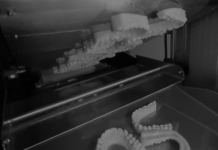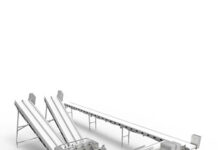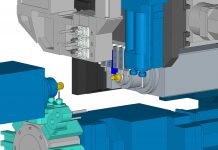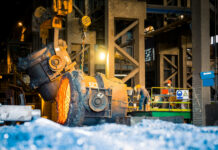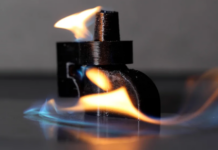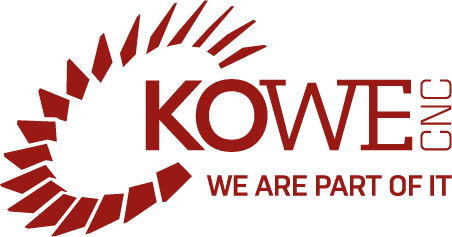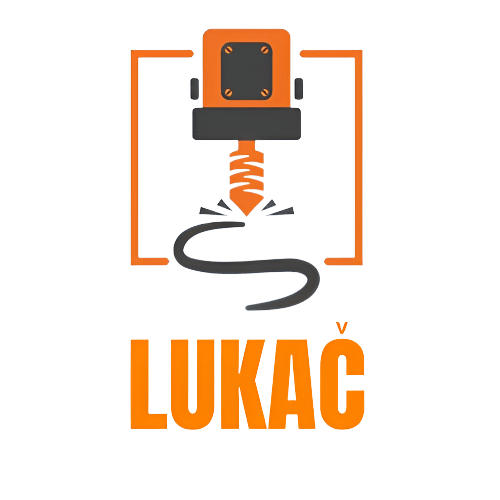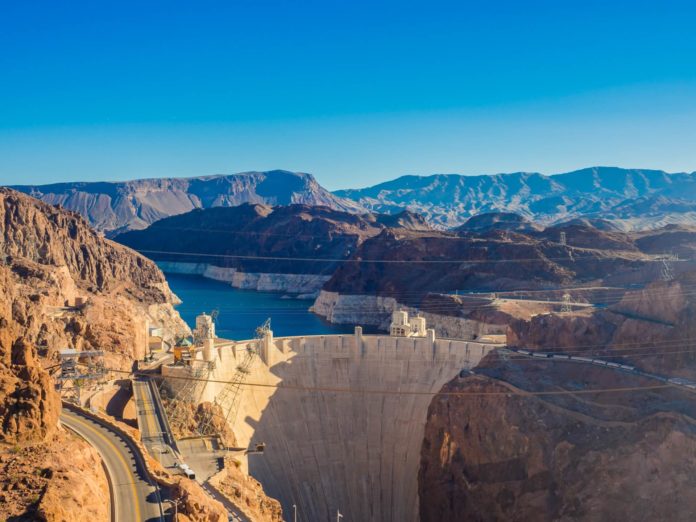
Hoover Dam, formerly called Boulder Dam, dam in Black Canyon on the Colorado River, at the Arizona-Nevada border, U.S. Constructed between 1930 and 1936, it is the highest concrete arch dam in the United States.
It impounds Lake Mead, which extends for 115 miles (185 km) upstream and is one of the largest artificial lakes in the world. The dam is used for flood and silt control, hydroelectric power, agricultural irrigation, and domestic water supply. It is also a major sightseeing destination, with some seven million visitors a year, almost one million of whom go on tours through the dam.
Hoover Dam is 726 feet (221 metres) high and 1,244 feet (379 metres) long at the crest. It contains 4,400,000 cubic yards (3,360,000 cubic metres) of concrete. Four reinforced-concrete intake towers located above the dam divert water from the reservoir into huge steel pipes called penstocks. The water, after falling some 500 feet (150 metres) through the pipes to a hydroelectric power plant in the base of the dam, turns 17 Francis-type vertical hydraulic turbines, which rotate a series of electric generators that have a total power capacity of 2,080 megawatts.
Nearly half of the generated electric power goes to the Metropolitan Water District of Southern California, the city of Los Angeles, and other destinations in southern California; the rest goes to Nevada and Arizona. The dam, power plant, and reservoir are owned and managed by the U.S. Department of the Interior’s Bureau of Reclamation.
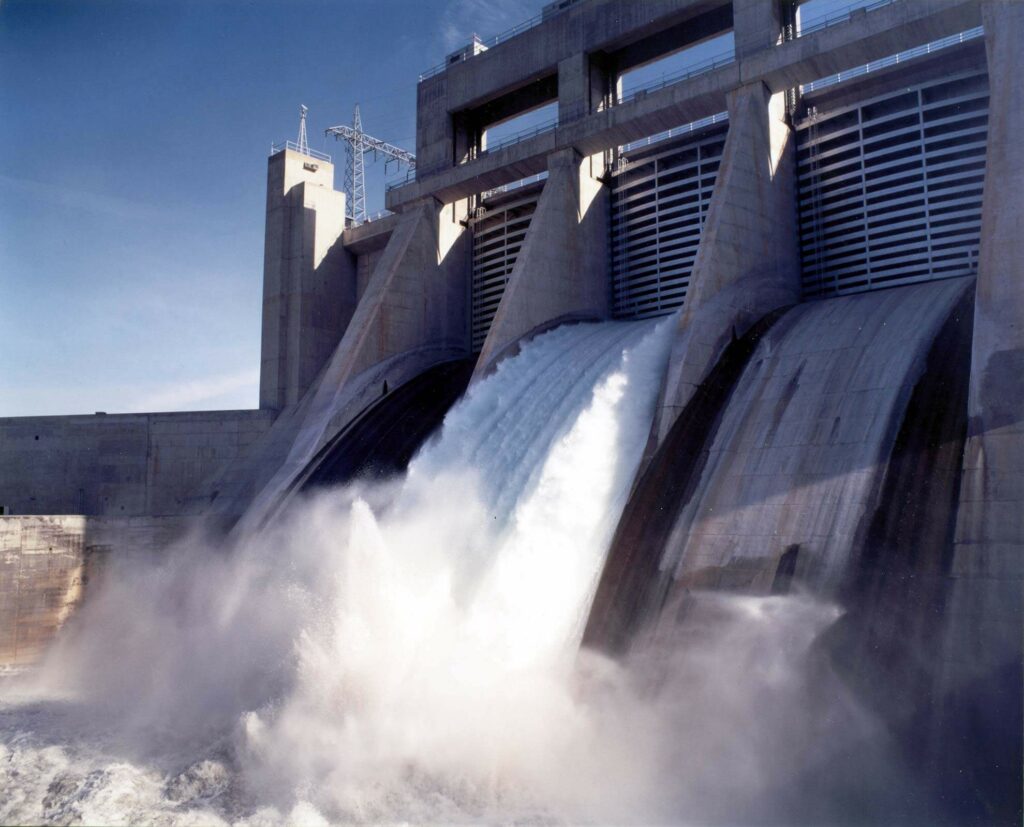
Source: usbr
Hoover Dam is named in honour of Herbert Hoover, the U.S. president during whose administration (1929–33) construction began on the dam and whose work as commerce secretary in the 1920s secured agreements necessary for the project to proceed. Erected during the Great Depression, the dam was a major endeavour that employed thousands of workers; around 100 fatalities occurred during its construction. Although legislation passed by Congress in 1931 officially named the dam for Hoover, officials in the succeeding administrations of Franklin D. Roosevelt and Harry S. Truman referred to it as Boulder Dam, its name during the planning stages before construction. In 1947 Truman signed a congressional resolution restoring the structure’s formal name to official use.
From the time of the dam’s construction, a federal highway traversed the dam’s crest, serving both visitors to the dam and travelers between Nevada and Arizona. As the dam and surrounding Lake Mead recreation area rose in popularity, traffic increased; traffic problems became especially severe under the security restrictions imposed after the attacks of September 11, 2001. Construction began in January 2005 on a long-planned Hoover Dam Bypass Project, and in October 2010 a concrete arch bridge with a 1,060-foot (322-metre) span—the longest in North America for that type of bridge—opened for through traffic within view of Hoover Dam. The old road along the crest is reserved for use by visitors to the dam.
Some interesting facts about Hoover Dam:
An entire city was created for people working on the dam.
In the early 1930s, Boulder City, Nevada, was constructed to house 5,000 dam project workers. Before the city was built, many jobless men and their families who’d converged on the dam site, hoping to find employment in the midst of the Great Depression, had lived in squatters’ settlements. Boulder City was situated on federally owned land and had no elected officials. The city was run by an employee of the U.S. Bureau of Reclamation (the agency responsible for the dam project), who had the authority to evict residents as he saw fit.
Among the local rules, alcohol and gambling were banned. The Boulder Dam Hotel was erected to host dignitaries coming to see the dam’s construction; famous figures from Bette Davis to the future Pope Pius XII visited in the 1930s. After nearly 30 years, the federal government relinquished control of Boulder City, which was incorporated in 1960.
Hoover Dam created America’s largest reservoir.
Formed by the damning of the Colorado River, Lake Mead, the nation’s largest reservoir, covers about 248 square miles and is capable of holding some 28.9 million acre-feet of water (an acre-foot is equivalent to about 325,000 gallons). The creation of Lake Mead (named for Elwood Mead, commissioner of the U.S. Bureau of Reclamation when the dam was being planned and built) flooded the community of St. Thomas, Nevada, and turned it into a ghost town. The last resident of the town, which was settled by Mormon pioneers in 1865, rowed away from his home in 1938. Today, the reservoir supplies water to farms, businesses and millions of people in Nevada, Arizona, California and Mexico. Lake Mead also is a popular site for boating, fishing and swimming; America’s first national recreation area was established there in 1964.
Today, as a result of a drought the Colorado River basin has experienced for the past decade-and-a-half, Lake Mead has dropped to its lowest level since it was first filled in the 1930s.

It once was the Earth’s tallest dam.
Rising 726.4 feet, Hoover Dam was the world’s tallest dam when it was built in the 1930s. These days, it’s the second-tallest dam in the U.S., having been surpassed by the 770-foot-high Oroville Dam in Northern California in 1968. The globe’s tallest dam is the 1,001-foot-high Jinping-I Dam in Liangshan, Sichuan, China, which became operational in 2013.
Hoover Dam’s power plant was the world’s largest hydroelectric station from 1939 to 1949. It has an installed capacity of 2,080 megawatts (MW) and currently generates around 4 billion kilowatt-hours (kWh) of hydroelectric power annually, for homes and business in Nevada, Arizona and California. China’s Three Gorges Dam, which started generating electricity in 2003 and became fully functional nine years later, is considered the planet’s largest hydroelectric dam, with a capacity of 22,500 megawatts.
In 2014, Three Gorges broke the global record for annual hydroelectric power production, generating 98.8 billion KWh of electricity. The biggest hydropower producer in the U.S., Washington State’s Grand Coulee Dam, completed in 1941 (a third power station was added in 1974), has a capacity of 6,809 MW and generates about 21 billion kWh of electricity each year.



